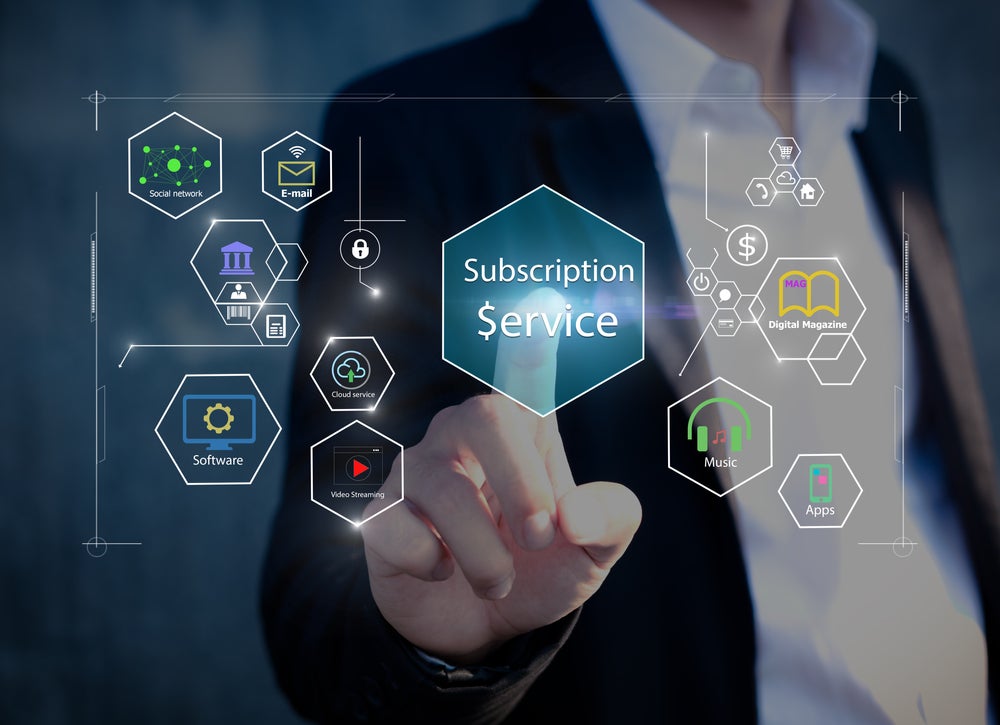As equipment finance companies embrace the as-a-service model, shifting from traditional leases to subscriptions, they embark on a transformative journey. In this article, Yann Toutant, the founder of Black Winch, delves into the steps these companies must take to successfully navigate the changing landscape of equipment financing.
Catching up to the Software-as-a-Service (SaaS) model that has taken over technology over the past decade, equipment finance companies are now adding subscriptions instead of focusing exclusively on leases.
The as-a-service model allows customers to pay for equipment based on how much they use it, greater flexibility, streamlined payments, and more environmentally sustainable practices.

But switching to subscriptions, while beneficial, is not necessarily simple. It’s a new way of doing business and it requires that the entire organisation get on board and adapt its practices. Otherwise, the shift to subscriptions can take years or even fail.
Three steps equipment finance companies should take when launching subscriptions are securing organisation-wide buy-in, shoring up data collection to power automation, and shifting their revenue strategy from a focus on acquisition to retention.
I) Adapt the whole organisation to subscriptions
The best candidates to shift to subscriptions already lease products instead of selling them. But even the jump from leases to subscriptions is a significant one that affects the entire organisation and therefore requires buy-in from the C-suite on down, not just from a finance or sales director.

US Tariffs are shifting - will you react or anticipate?
Don’t let policy changes catch you off guard. Stay proactive with real-time data and expert analysis.
By GlobalDataConsider the different departments implicated by the shift. Salespeople are no longer working for upfront commissions on year-long deals. This is especially tricky if the company relies on an indirect sales model. The finance team needs to understand whose balance sheet the assets go on and what the ramifications of the arrangement are. Perhaps most complicated of all, selling subscriptions means a captive, or manufacturer, is no longer just selling an equipment lease. It’s selling all the different services that are bundled into the subscription, which means streamlining collaboration among providers of insurance, maintenance, and energy providers, to name a few typical companies in the subscription ecosystem.
You need to monitor all these moving parts to be responsible for the success of a subscription business. A one-woman show helmed by the sales or finance director won’t suffice.
II) Streamline data collection to power automation
When you’re leasing equipment, you don’t care much about how the lessees are using it. But in subscriptions, that information is critical because many customers will pay based on how much they use the assets, and others may give them up early, increasing the risk for equipment owners who will soon have the asset back on their balance sheet.
To ensure an accurate and efficient subscription process, the manufacturer or financial institution offering equipment subscriptions must get timely and accurate data about the equipment’s use.
That means deploying an integrated asset finance platform that will collect and process data promptly, facilitating quick, comprehensive, and easy payments. Asset finance software allows equipment owners to ingest usage data easily, efficiently billing the customer and providing usage statistics.
III) Shift the revenue focus from acquisition to retention
In a typical equipment sales or leasing organisation the go-to-market focus is on acquisition. Do more deals, get higher commissions, and both the sales team and overall organisation win. But with subscriptions, getting deals is just the start of the customer relationship. Retaining the customer is the larger part of the battle.
So, companies switching from leases to subscriptions will need to train and motivate the sales team to focus on retention, not just acquisition, and on acquiring customers who are likely to stay longer. Moreover, they may need a dedicated customer success team to nurture customers and boost their lifetime value.
In addition, to enable retention, the company will need to focus on scaling its operations. When you have 20 players in a subscription ecosystem and you need to nurture customers for years, not just sell them a one-time deal, business becomes more complex. That’s the trade-off for the much higher total addressable market that comes with bundling services via a subscription and monetising customer relationships for longer. But it’s not easy. If it were, every equipment finance company would already have added subscriptions.









